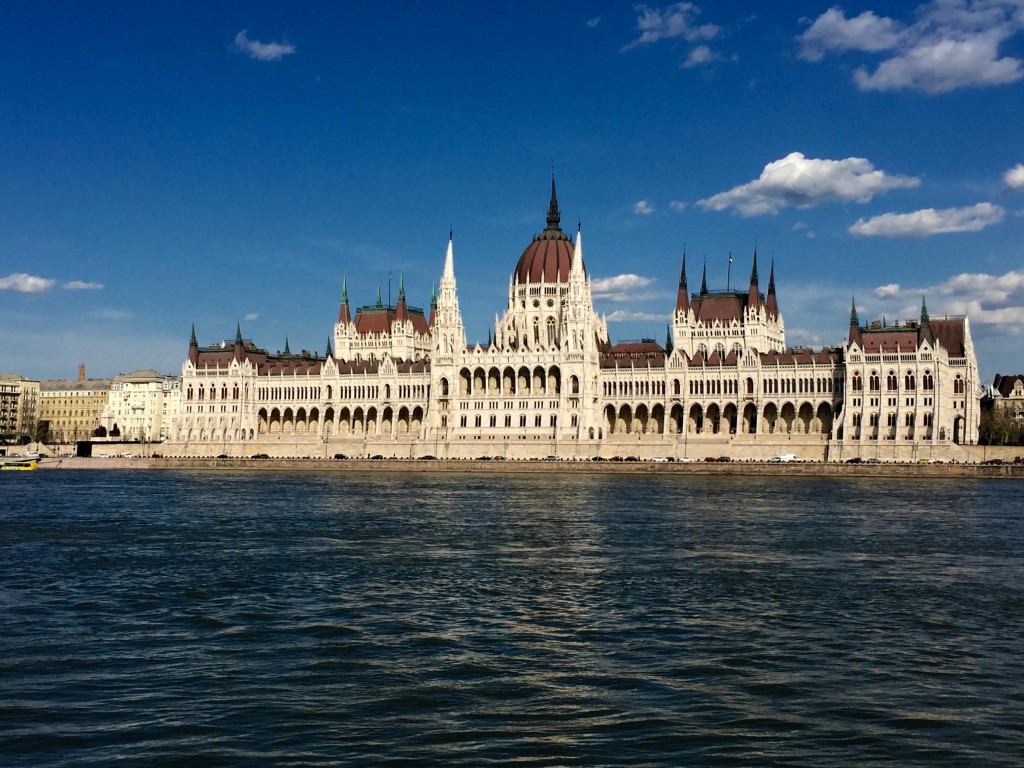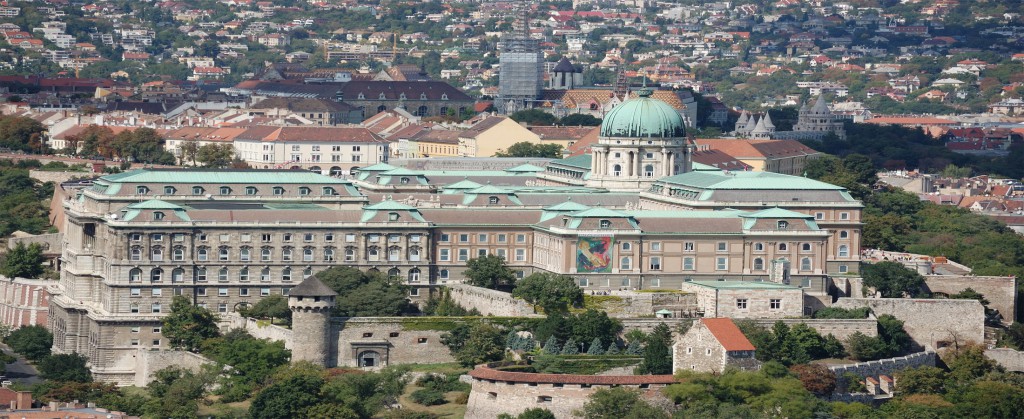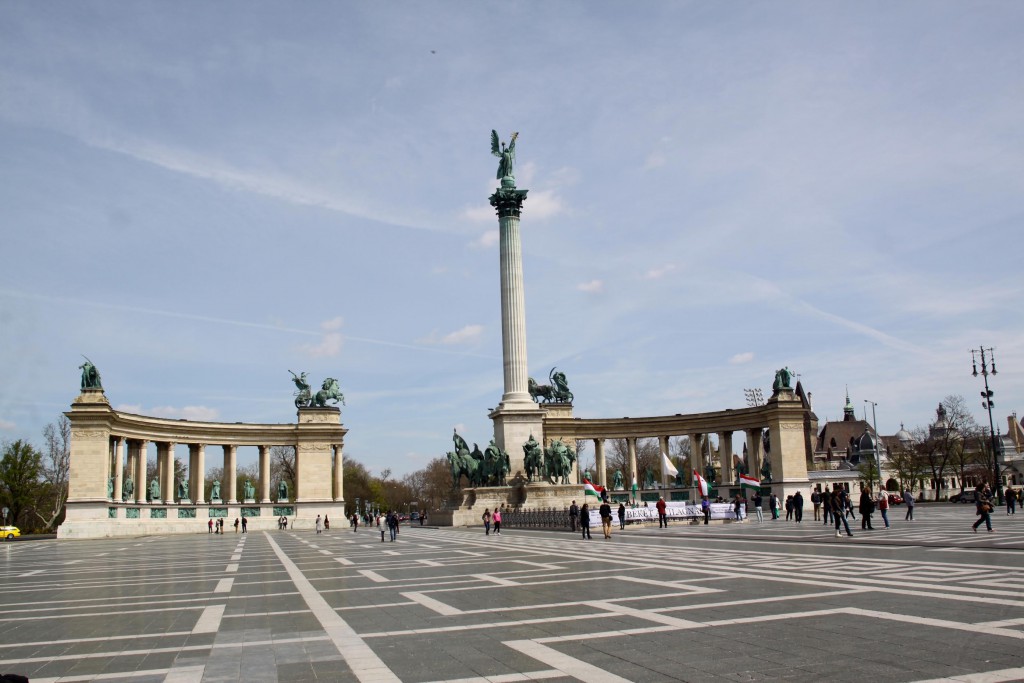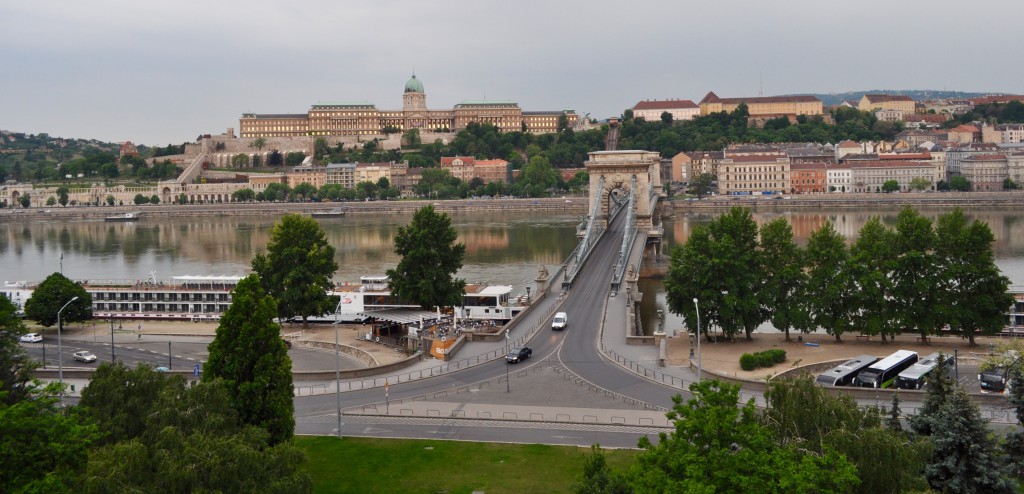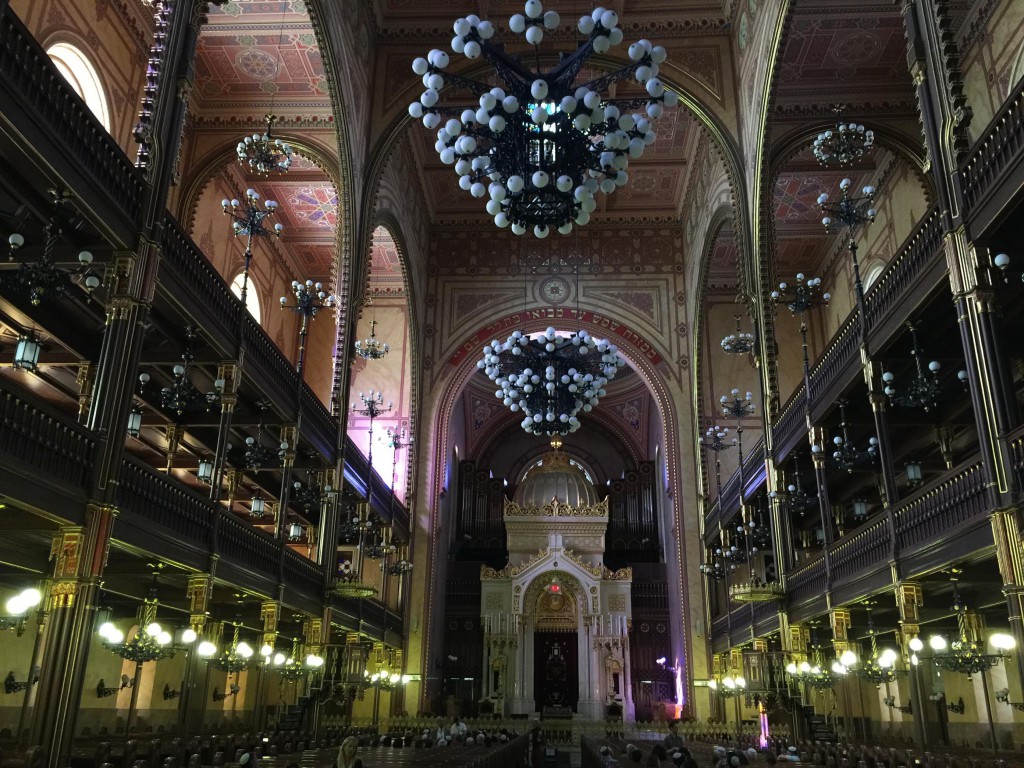Budapest through pictures
The Parliament Building stands on the banks of one of the most famous rivers – The Danube (2860 km). It houses The Holy Crown of Hungary, which is also depicted in the Coat of Arms of Hungary.
The Parliament is the seat of the National Assembly of Hungary, one of the oldest Legislative Buildings in Europe, as well as one of the most popular tourist destination of Budapest. It lies in the Pest part of the city. The other part being Buda – thus combining to form the city of Budapest.
The construction of this iconic building commenced in 1896 to commemorate the 1000th Anniversary of the country and was completed in 1904. It is the largest building in Hungary and its architecture is in the form of Gothic Revival Style.
The Buda Castle, a historical castle and palace complex of the Hungarian Kings in Budapest was first completed in 1265. In the past, it has been called The Royal Palace or The Royal Castle.
The Buda Castle was built on the southern tip of Castle Hill, bounded on the north by what is known as the Castle District, which is famous for its Medieval, Baroque and 19th-century houses, churches, and public buildings. It is linked to Clark Adam Square and the Szechenyi Chain Bridge by the Castle Hill Funicular.
The castle which was declared a Heritage Site in 1987 is a part of the Budapest World Heritage Site.
The Heroes’ Square is one of the most visited sites in Budapest along with The Parliament, The Buda Castle and The Great Synagogue. The Millennium Monument which dominates Heroes’ Square was built as a mark for the Existence of Hungary as well as the Millennium of the Magyar Conquest. The building was started in 1896 but it was finally completed in 1929. The Andrassy Street which is the longest street in Budapest (2.5 km long) also runs into Heroes’ Square. The area around Heroes’ Square is one of the most prestigious addresses in Budapest.
The Szechenyi Chain Bridge is a suspension bridge that spans the River Danube between Buda and Pest, the western and eastern sides of Budapest, the capital of Hungary. Designed by the English engineer William Tierney Clark, it was the first permanent bridge across the Danube in Hungary and was opened in 1849. The bridge was opened in 1849, after the Hungarian Revolution of 1848, and thus became the first permanent bridge across the Danube in the Hungarian capital. At the time, its center span of 202 metres (663 ft) was one of the largest in the world. The lions at each of the abutments were carved in stone by the sculptor, Janos Marschalko.
The Dohany Street Synagogue in Budapest has a unique place in Jewish history. This is the second largest Jewish house of worship in the World and the biggest Jewish house of worship in Europe.
The complex has many artefacts of Jewish Religion housed in a Museum including religious relics of the Pest HevrahKaddishah, rituals objects of the Sabbath as well as a Holocaust Room. The Synagogue was opened to the public on September 6, 1859 and can hold upto 3000 seated and 2000 standing worshippers.
The Founder of Zionism – Theodor Herzi (1860-1904) was born and raised in the house on which at present the Jewish Museum stands. The Jewish Museum was constructed between 1930-1931.
Contents

